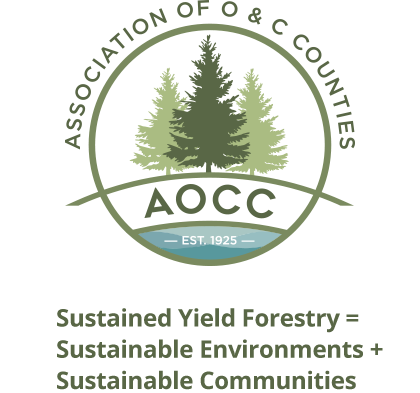Today, a divided three judge panel of the Ninth Circuit Court upheld President Obama’s expansion of the Siskiyou National Monument to encompass approximately 40,000 acres of O&C timberlands. All three judges unanimously rejected the Biden Administration’s argument that the proclamation was not judicially reviewable. However, the judges split 2-1 on the question of whether the proclamation’s prohibition of commercial timber harvest on lands Congressionally designated for permanent sustained yield timber production in the O&C Act was unlawful. Judge Richard Tallman filed a strong dissenting opinion criticizing the majority for relying on a “sterile analysis” that ignores the “obvious conflict” between the O&C Act’s timber production mandate and the Presidential Proclamation prohibition of precisely the same activity. This ruling comes while a separate case, filed by the Association of O&C Counties, challenges the Proclamation and the current BLM Resource Management Plan. That case awaits a decision from the Washington D.C Circuit Court of Appeals.
AOCC Executive Director Doug Robertson had this to say about the ruling: “We appreciate the Ninth Circuit Court’s ruling that National Monument designations by the President under the Antiquities Act are not immune from judicial review. Although we strongly disagree with the majority’s ruling that the Proclamation does not violate the O&C Act, Judge Tallman’s dissent signals that this Ninth Circuit Court ruling will not be the last word on this long-running dispute. We also look forward to a decision in our case challenging the current Resource Management Plan for the O&C lands in the Washington D.C. Circuit Court of Appeals. This is an issue that is essential to O&C Counties. We knew when we first filed suit, that it may ultimately have to be settled by the U.S. Supreme Court. We appreciate Judge Tallman highlighting the significance of O&C lands for the Counties and communities in which they are located, as well as the national significance of Presidential abuses of power under the Antiquities Act.”
Some key lines from Judge Tallman’s dissent include:
“This case arises from the protracted history of controversial land use decisions that have decimated Pacific Northwest timber communities long dependent on logging and wood product sales to sustain them. The management of these vast swaths of federal land, removed from state and local tax rolls, has had a checkered history to say the least, but also a devastating economic impact on these towns. The President’s unilateral action here favoring environmental conservation interests is the latest skirmish.”
“The majority opens with a sterile analysis of whether the O&C Act repealed the Antiquities Act. But whether the Antiquities Act and the O&C Act can coexist in the abstract is quite beside the point. Rather, we must decide whether Proclamation 9564-issued pursuant to the Antiquities Act-conflicts with the O&C Act. Even a perfunctory review of the plain text of the Proclamation and the O&C Act reveals an obvious conflict.”
“I am troubled by the President’s overt attempt to circumvent the balance struck by Congress and the majority’s haste in labeling that attempt with the imprimatur of law. The decision today continues a troubling trend of increased judicial deference to Presidential uses of the Antiquities Act.”

